Poetry flows through the ages. Can Tang poetry and Song Ci use big data interpretation?
Author:Henan Daily Client Time:2022.07.12
Bai Juyi's poems ranked first in the Tang Dynasty poets, but their influence did not enter the top ten; the most famous articles in the Song Dynasty were not Su Shi, Xin Qiji but Zhou Bangyan; the comprehensive influence index showed that Du Fu was higher than Li Bai and Xin Qiji stronger than Su Shi; Zhang Ruoxu " "Chunjiang Flower Moon Night", Lu You's "Bushi Yongmei" has only started to attract attention in modern times ... Use big data to display and verify the Tang poetry and Song Ci, and concluded that it exceeds the imagination of many people.
Tang Shi Song Ci is two peaks in the history of Chinese literature, but can Tang poetry and Song Ci in the category of aesthetics be interpreted with big data? What new discoveries have been achieved by the Tang poetry and Song Ci in Big Data Study and what are the limitations? Wang Zhaopeng, a professor of liberal arts at the Sichuan University and President of the Chinese Ci -study Research Association, recently accepted an exclusive interview with the "East and West Questions" of China News Agency to make an in -depth interpretation.
Abstracts are currently recorded as follows:
China News Agency reporter: Tang Shi Song Ci is two peaks in the history of Chinese literature. From the perspective of big data, does Tang Shi Song reach unprecedented height? What are the characteristics?
Wang Zhaopeng: Data show that the amount of writers and works of Tang poetry and Songs have reached an unprecedented peak. There are currently more than 50,000 Tang poetry, while the poetry from the Eastern Han Dynasty to the end of the Sui Dynasty has only a total of more than 5,000 poems. Tang poetry has increased more than 7 times compared to the previous eight -generation poems, and the poets have increased from more than 600 to more than 3,000. The poets and poems have reached unprecedented magnitude.
Song Ci is the first peak in the history of Chinese poetry. There are 1497 poets and 21085 words. Compared with the Tang and Five Dynasties, the poets have increased by more than 10 times. The Song Ci was adjusted by nearly 900 species, which added more than 700 species based on the five generations of the Tang Dynasty. Telling a lot of words means the richness of the word body. Among the five dynasties of the Tang Dynasty, Wen Tingyun, Feng Yanyi, Li Yan, and Li Yu have passed down, while the Song Dynasty had more than 300 poets. The poets have a collection of words, which means that there are many works, a high reputation, and a large social demand. One of the most important reasons why the Song Ci is not as good as Tang poetry is that Song Ci is singing verbally, which is equivalent to the current popular songs. Many of the works that have been sung are lost.
To measure the development of literature, the number of works is an important aspect, but the most important thing is to have boutiques. To say that the dynasties that produce the most great poets and poets in Chinese history are undoubtedly the Tang and Song dynasties. Although the existing technology is difficult to accurately measure the artistic value of the work, it can be used to measure the influence of the work with big data and analyze which one is most popular.
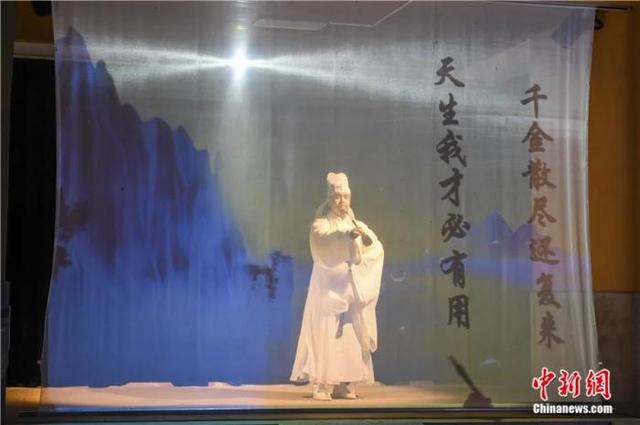
The actor chanting Li Bai's "Will into the wine". China News Agency reporter Yang Huafeng
China News Agency reporter: Tang Shi Song Ci belongs to the category of aesthetics. Why do you think of using big data to analyze Tang poetry and Song Ci?
Wang Zhaopeng: The ranking of literary works and fixation of A is not only fashionable today, but in ancient times. The earliest level to the poet is Zhong Yan of the Liang Dynasty in the Southern Dynasties. In "Poetry", the poets have been divided into three products since the Han and Wei dynasties in the "Poetry" to evaluate the advantages and disadvantages. The "Picture of the Poet of the Poet" of Zhang Wei in the Tang Dynasty divided the some poets of the middle and night Tang dynasties into the level of the master, entry, promotion, and door. It was also a kind of criticism.
In ancient Chinese literary criticism, it is often seen that someone is the first and a poem first. For example, "Song Book Xie Lingyun" said that Xie Lingyun's "the beauty of the article, and Yan Yanzhi is the first of Jiangzuo." The Song people Xu Yan's "Yan Zhou Poetry" said, "Meng Haoran, Wang Ma's poems, from Li Du, it is the first."
However, the ancient people's poetic criticism, whether it is the division or the row, is based on personal subjective and evil. Because everyone's aesthetic beauty is still different, the evaluation is often different for the same person and the same work. For example, the Golden Ren Yuan Hao asked, Zhao Bingwen and Wang Ruoxu all pushed Xu Dongpo's words "upstream and decline, as the first ancient and modern", but Pan Deyu in the Qing Dynasty disagreed and believed that "pushing too much."
Modern measurement history can use data to measure history, and ancient literature also belongs to the category of great history. Since history can be measured, why can't literature be measured? Through big data, you can find a maximum number of conventions, analyze and balance the model, and obtain relatively objective answers.
Reporter of China News Agency: How do you get your top ten Tang poems, Song poems, poets, and poets? Judging from the big data, who has the most works in Tang poetry and Song? Is the poet with a large amount of works, a high influence and a high reputation?
Wang Zhaopeng: We are based on the frequency of selection of poetry in the past, the frequency of being criticized by the poetist theory, the frequency of being chased by future generations, the frequency of contemporary scholars, and the frequency of web pages and the frequency of comments. The influence of a poem is regarded as a famous article.
Now it is impossible to directly examine how many poems and prints of Du Fu's poems and prints in ancient times, but it can be calculated how many types of poems of Du Fu and Li Bai were carved respectively. According to this, in the Song Dynasty, Du Fu's influence was much greater than Li Bai. There was a saying that Qianjia Note Du. Du Shi Han was a model of all scholars.
Data show that Du Fu ranked first in the comprehensive influence of the Tang Dynasty poets, followed by Li Bai and Wang Wei. Bai Juyi, who is the first in the work, has the influence outside the ten. The influence of Song Ci ranked first is Xin Qiji, and Su Shi and Zhou Bangyan ranked second and third respectively.
There are many influential poets. One hundred poems in Tang Dynasty, Du Fu occupied 16 monopolies, 13 Li Bai and Wang Wei and Bai Juyi enjoyed 12 songs. Among the three hundred Tang poems, Du Fuhao took 52 songs, accounting for one -sixth, 38 Li Bai, and 29 Wang Wei and Bai Juyi. In Song Ci hundred, Zhou Bangyan won 15 songs, Xin Qiji won 12, 10 Su Shi, and 7 Jiang Yan. It expanded to three hundred Song poems, Zhou Bangyan won 40 songs, Xin Qiji and Su Shi accounted for 23 songs, and Jiang Yan had 11 songs. In the first place of Song Shi, Su Shi accounted for a quarter, which was higher than Du Fu's famous possession in Tang poetry. Special Exhibition of Painting and Calligraphy of the Palace Museum of the Palace Museum. China News Agency reporter Du Yang
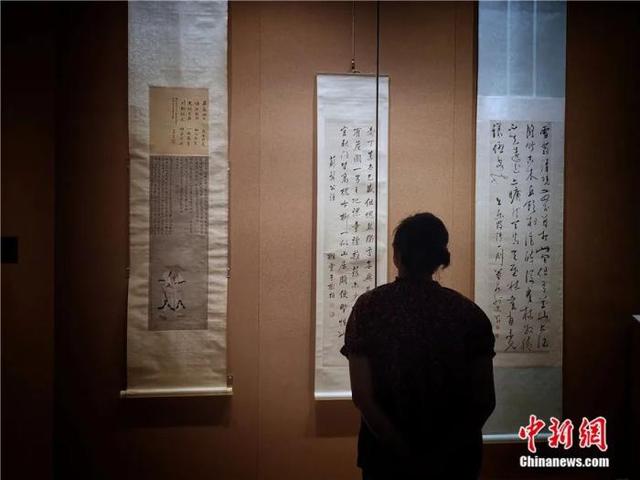
Reporter of China News Agency: Poet Zhang Ruoxu uses a "Spring River Flower Moon Night" "Lonely covering the whole Tang", but he has only two poems. Can such poets be analyzed with big data? Can I analyze foreign poetry with big data in the future?
Wang Zhaopeng: Now everyone is familiar with Chen Ziang's "Dengyouzhou Taiwan Song" and Zhang Ruoxu's "Spring River Flower Moon Night". Its influence is gradually growing until the 20th century. "Spring River Flower Moon Night" has no influence in the Ming and Qing Dynasties. It was not until Wang Yiyun praised his "lonely chapter, but for everyone". The first poem is lifted to the supreme position.
In the same situation, there are Lu You's "Bu Su Chong · Yongmei" (next to the bridge of the post). Mao Zedong once used the word "wind and rain to return to spring, Feixue greeted the spring" and Lu You's word. A generation of great men and leaders used their political influence and poetry status to increase the influence of this word. Liu Yong's "Butterfly Love Flowers" (leaning on the dangerous building is fine), and there was almost no influence before the Ming and Qing Dynasties, but since Wang Guowei has listed "the belt gradually widen the width, the Iranian disappear" is listed as After the three realms of life, this word began to be well known by readers.
Du Fu was almost an unknown stroke in the Tang Dynasty. When Li Bai was famous, Du Fu was just an ordinary literary youth. He and Li Bai are 11 years older. They are Li Bai's "fans", so you can see many Du Fu's nostalgic poems, but rarely see Li Bai's poems to Du Fu. After Du Fu's death many years, Yuan Yan discovered his light when he wrote the epitaph. Later, Han Yu said in "Adjusting Zhang Ji", "Li Du's articles are in, and the flames are long, and the recommendation of the literary leader has further expanded Du Fu's influence.
The drama "Du Fu". Photo by Shi Chunyang from China News Agency
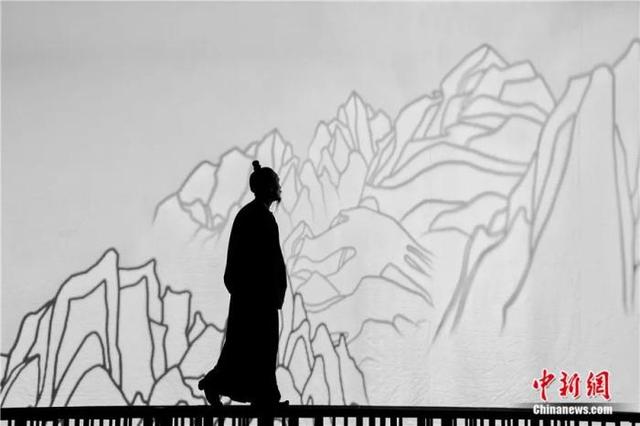
Some poets and poets may have higher influence in foreign countries than in China. Hanshan's poems were popular in the United States, but not many people knew him in China. In the West, the Chinese poets who have been translated the most are not Li Bai and Du Fu, but Wang Wei;
There are certain accidents in the development of literature. For example, there are many versions of Li Qingzhao's works in the Song Dynasty. In today's words, many publishers in the Song Dynasty published her collection of words, but all lost in the Ming Dynasty. Her works can only be found in this book, and only more than 40 songs were found in the end. In addition, the female poet Zhu Shuzhen of the same period as Li Qingzhao did not have great influence at the time, but her hundreds of works were all circulated.
There are also many ancient poems, but no one asks today. Such as Ouyang Xiu's "Butterfly Love Flowers" (Haiyan Shuang came to paintings), Nie Guanqing's "Dolly" (wanting to live), Zhou Bangyan's "Side Prison" (Mu Xia Xia Yu), Wang Guan's "Flower Order in the Rain" After successive), they were selected as 17, 18, 19, and 20 words in the 22 types of words in the Ming Dynasty, and they were almost a must -have for the selection of Ming people. But in the 20th century, its influence and popularity were minimized. The reason is worth thinking and discussion.
The influence of ancient poetry is always changing, and it is difficult to obtain a comprehensive, objective and accurate judgment through one or two materials, and big data can fully show the changes in the influence of a poem.
I used data to analyze ancient poems for the first time in 1992. Now that the data is continuously enriched and the models are continuously improved. After 2000, in addition to the ancient poetry selection of ancient poems in the large database, it also included data from ancient Chinese poetry data such as Europe, America, Japan and South Korea.
At present, we are building an integrated big data platform for ancient and modern Chinese and foreign poetry. The platform has collected millions of Chinese classical poetry, and has been collecting foreign poetry translated in Chinese since the 20th century, and more than 100,000 new poems since May 4th Movement.
There is no big data to exhaust the samples, but we hope to use artificial intelligence to get the minimum error. After the May 4th Movement, the poet Guo Moruo, Hu Shi, and Wen Yiduo, who has a greater influence? Is the most influential foreign poets in China, Pushkin, Tagore or Goethe? We will speak with big data. (Finish)
Introduction to the interviewee:
Wang Zhaopeng. China News Agency reporter Anyuan Photo
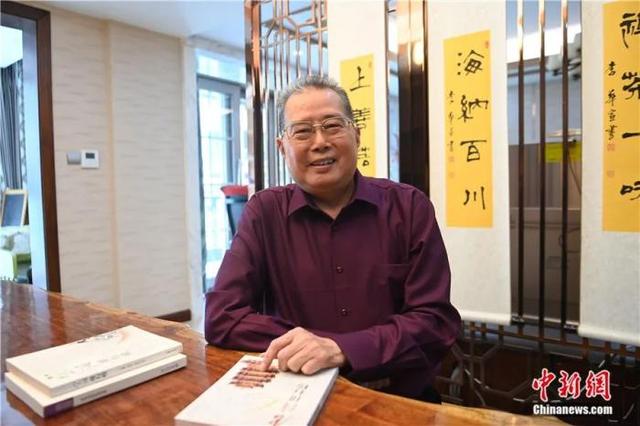
Wang Zhaopeng, a professor and doctoral supervisor of the Liberal Arts of Literature and Journalism of Sichuan University. He is currently the president of the Chinese Ciology Research Association, the chairman of the Chinese Li Qingzhao Society, the executive vice president of the Chinese Song Dynasty Literature Society, and the editor -in -chief of the Song Dynasty Literature Research Yearbook. Mainly study Tang and Song literature and digital humanities, and host two major projects of the National Social Science Foundation. There have been more than ten monographs such as "The Five Dynasties of the Tang Dynasty", "The History of the Tang and Song Ci", and "History of Ciology", and published more than 300 academic papers.
- END -
Tomorrow!40 days ...

July 16thFormally ushered inA total of 40 days in Sanfu Tian in 2022Between small ...
Yun Qiuqi | Luzhou girl lost contact for many days and parents seeks unsuccessful media help
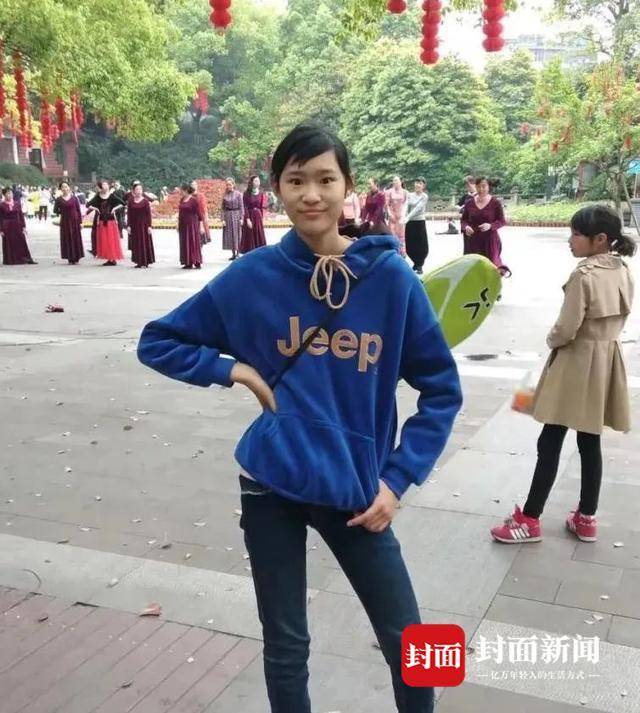
Cover reporter Wu YongSince the beginning of June 29th, she couldn't contact her d...